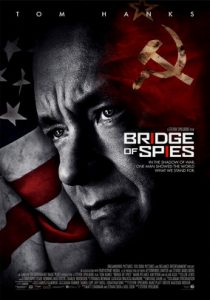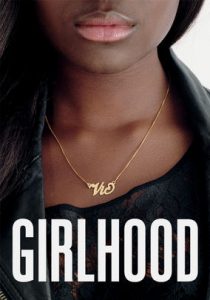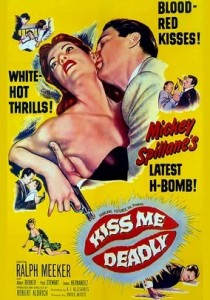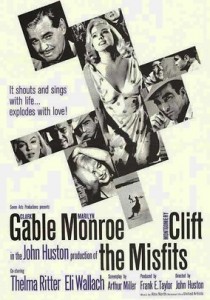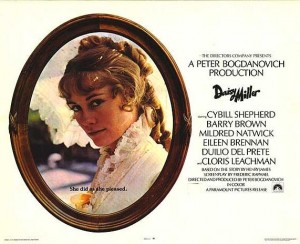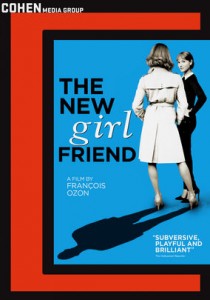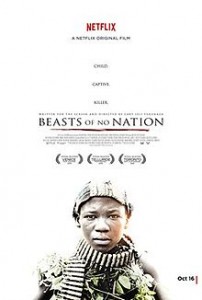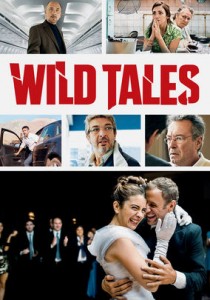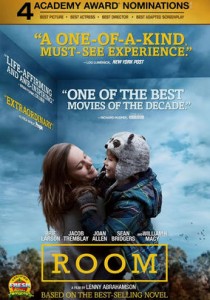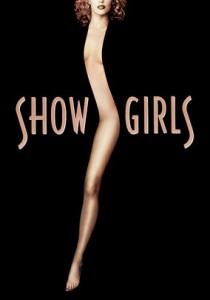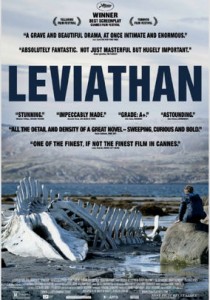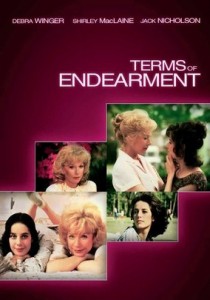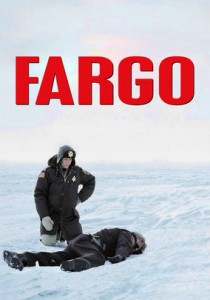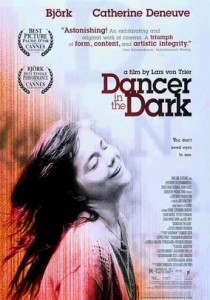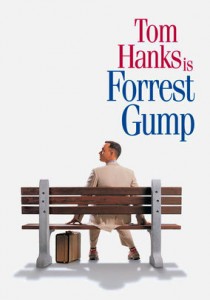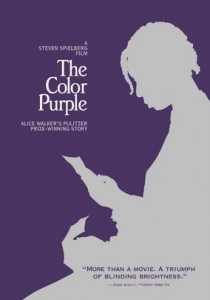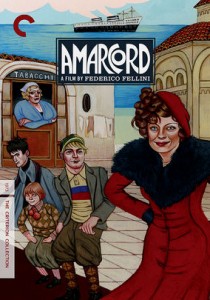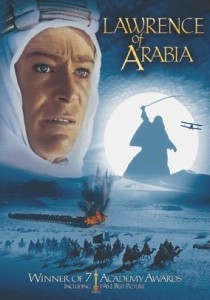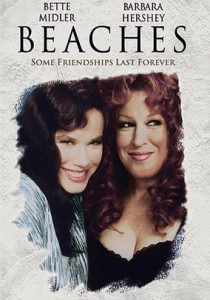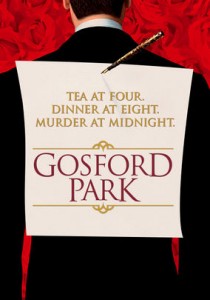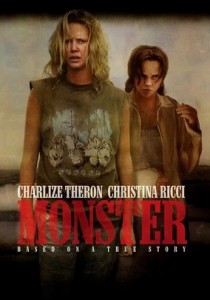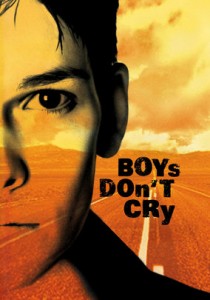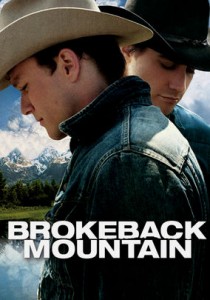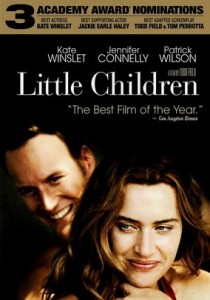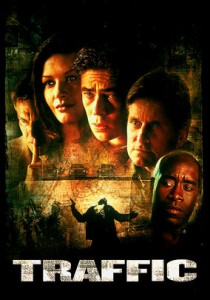Bridge of Spies-2015
Director-Steven Spielberg
Starring-Tom Hanks
Scott’s Review #399
Reviewed April 28, 2016
Grade: B+
Tom Hanks teams with Stephen Spielberg once again in another A-list Hollywood film.
Like Saving Private Ryan, Bridge of Spies is in the historical vein. This time the Cold War is featured- it is 1957 when the film begins.
The camera work, the artwork, and the set decorations are second to none as the film looks and feels authentic. As interesting as the overall film is, and it felt like I was watching a well-made film, there was also something missing, which did not make it truly riveting and that is why it receives a B+ rating.
Still, with Spielberg and Hanks on board, you know you will get a quality film.
Hanks portrays James B. Donovan, a Brooklyn attorney specializing in insurance law, but a wiz at negotiation and experienced with the Nuremberg trials.
He is assigned to defend suspected spy Rudolf Abel (Mark Rylance) in what is assumed to be an open and shut case-his guilt is considered a given. Abel has been arrested by the F.B.I and is thought a Russian spy. They are willing to release him on the condition that he reveal Soviet contacts, but he refuses.
Meanwhile, an American pilot, Frances Powers, is captured in Soviet territory and taken hostage. To make matters more complicated, an American graduate student, Pryor, is trapped behind the Berlin wall in East Germany and not allowed by the Germans to leave. The pressure is on Donovan to not only defend Abel in the United States but to make a deal to return the three men to their respective countries.
Hanks, a great actor, is his typical stoic, capable self, and his portrayal reminds me of his role in Captain Phillips- calm, well-mannered- a clear yet quiet leader.
The role is not flashy in comparison to other legendary Hanks roles (Forrest Gump, Philadelphia). Certainly, the film centers around Hanks and is catered to his acting style- his character is always in the forefront.
In my opinion, Hanks never gives a bad performance and I admire him in almost any he gives.
Let’s discuss the role and the portrayal by Mark Rylance in his Oscar-winning role. Giving a very subdued, nuanced performance, he is good and low-key in what could have been an energetic, over-the-top performance if written that way, but I am not sure I would have handed him the golden statuette over a few of the other nominees in the 2015 Supporting Actor category.
Not that this is a criticism, but I am unsure if there is as much meat in this performance as would warrant an Academy Award.
Bridge of Spies is very detail-oriented and every set piece- from late 1950’s cars, clothing, hairstyles, and home furnishings is spot on.
The film was expensive to produce and no expense seems to have been spared.
The film travels from Brooklyn to the Soviet Union, to Germany, and gives off a patriotic, Americana flare, which is very true to life in the given time. There was such a sense of country and community. Nothing makes this more apparent than the distasteful glares and downright coldness and hatred displayed by many characters towards Donovan.
To counteract this, when Donovan is ultimately more the hero, he is revered and celebrated.
As great as the film looks, there is something slightly disconnecting about it. I was left wanting a bit more from a story perspective and feeling slightly disengaged throughout parts of it. I was never riveted or blown away despite realizing that I was watching a well-made film. This can oftentimes happen as the story is less compelling than the way the film looks and this is the case with Bridge of Spies.
After I finished watching I was left with the feeling that I did not ever really need to see the film again, in contrast to truly great films where one can watch over and over again.
A slight mention is that Bridge of Spies is a “guy’s film”. Amy Ryan, a great actress, does all she can with the only real female role in the film in that of Donovan’s dutiful, supportive wife-a a role written one-dimensionally hundreds of times.
It is a shame her character is not more fleshed out instead of the typical worried scenes or fretting for her husband to return home to his family- purely reactionary and not furthering the plot in any way.
In this sense, the film deserves criticism for being a bit too traditional.
Bridge of Spies is a very good effort, but certainly not a tremendous film. It is the type of film that I liked, but not loved.
Plot-driven rather than character-driven. Perhaps, due to the names Spielberg and Hanks on the marquee, I expected a bit more.
Oscar Nominations: Best Picture, Best Supporting Actor-Mark Rylance (won), Best Original Screenplay, Best Original Score, Best Sound Mixing, Best Production Design
